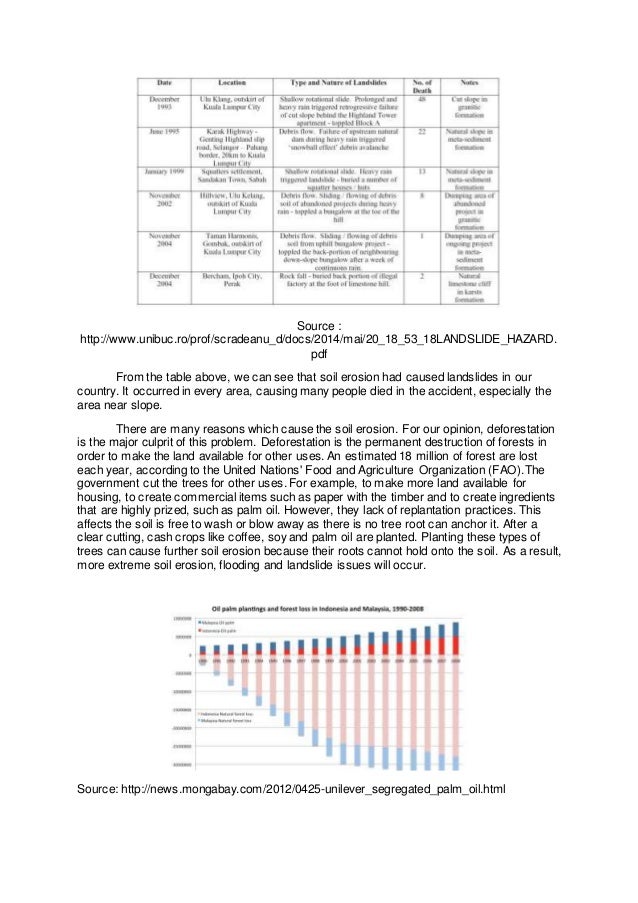• 285 Downloads • Abstract Spatial analysis and fuzzy classification techniques were used to estimate the spatial distributions of heavy metals in soil. Dbf Manager Full Cracked Programs. The work was applied to soils in a coastal region that is characterized by intense urban occupation and large numbers of different industries. Concentrations of heavy metals were determined using geostatistical techniques and classes of risk were defined using fuzzy classification. The resulting prediction mappings identify the locations of high concentrations of Pb, Zn, Ni, and Cu in topsoils of the study area. The maps show that areas of high pollution of Ni and Cu are located at the northeast, where there is a predominance of industrial and agricultural activities; Pb and Zn also occur in high concentrations in the northeast, but the maps also show significant concentrations of Pb and Zn in other areas, mainly in the central and southeastern parts, where there are urban leisure activities and trade centers. Maps were also prepared showing levels of pollution risk.
These maps show that (1) Cu presents a large pollution risk in the north–northwest, midwest, and southeast sectors, (2) Pb represents a moderate risk in most areas, (3) Zn generally exhibits low risk, and (4) Ni represents either low risk or no risk in the studied area. This study shows that combining geostatistics with fuzzy theory can provide results that offer insight into risk assessment for environmental pollution.
All soils, whether polluted or unpolluted, contain a variety of compounds (contaminants) which are naturally present. Such contaminants include metals, inorganic ions and salts (e.g. Phosphates, carbonates, sulfates, nitrates), and many organic compounds (such as lipids, proteins, DNA, fatty acids, hydrocarbons, PAHs, alcohols, etc.). These compounds are mainly formed through soil microbial activity and decomposition of organisms (e.g., plants and animals). Additionally, various compounds get into the soil from the atmosphere, for instance with precipitation water, as well as by wind activity or other types of soil disturbances, and from surface water bodies and shallow groundwater flowing through the soil.
Soil pollution affects plants, animals and humans alike. While anyone is susceptible to soil pollution, soil pollution effects may vary based on age, general health status and other factors, such as the type of pollutant or contaminant inhaled or ingested. Soil pollution affects plants, animals and humans alike. While anyone is susceptible to soil pollution, soil pollution effects may vary based on age, general health status and other factors, such as the type of pollutant or contaminant inhaled or ingested.


When the amounts of soil contaminants exceed natural levels (what is naturally present in various soils), pollution is generated. There are two: anthropogenic (man-made) causes and natural causes. The Effects of Soil Pollution Soil pollution affects plants, animals and humans alike. While anyone is susceptible to soil pollution, soil pollution effects may vary based on age, general health status and other factors, such as the type of pollutant or contaminant inhaled or ingested. However, children are usually more susceptible to exposure to contaminants, because they come in close contact with the soil by playing in the ground; combined with lower thresholds for disease, this triggers higher risks than for adults.